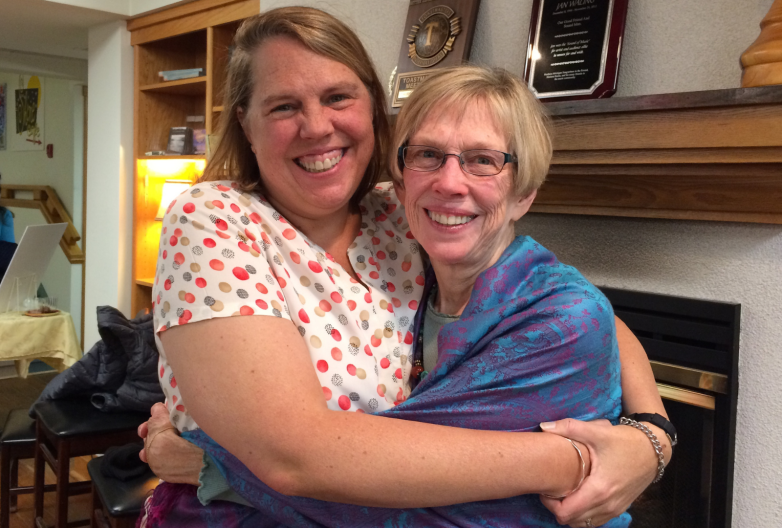
Scientists and politicians are trying to reassure us it is still worth trying to hold down warming
Article content
“This does not mean the international plus-1.5-degree target has been broken, because that refers to a long-term average over decades.”
If those carefully chosen words don’t set your alarm bells ringing, you have not traveled much in the land of lawyers.
They were published last Friday in the annual report of Europe’s Copernicus Climate Change Service, the EU’s main climate science centre. Yet elsewhere in the same document it admitted the world’s average temperature did indeed exceed 1.5 degrees (Celsius) higher than the pre-industrial level (plus-1.5-degree) in 2024.
Advertisement 2
Story continues below
Article content
You’ll find similar mantras on the websites of NASA and NOAA in the U.S., the Hadley Centre in the UK, the Potsdam Centre for Climate Impact Studies in Germany, and the Japan Meteorological Agency. None of them is actually lying. The more appropriate word is misrepresenting.
The problem is scientists and politicians have been telling us for 10 years that we must never exceed that aspirational plus-1.5-degree target or very bad things would ensue. Nobody listened, we have now passed that target, and some of that hell is breaking loose. Los Angeles is the latest example.
So now, they need to reassure us it is still worth trying to hold down warming. This requires playing down the importance of passing plus-1.5 degrees, which is why we have just had a coordinated effort by politicians and scientists telling us not to despair. How did things get so tangled?
The aspirational plus-1.5-degree target was adopted by the 2015 climate conference partly because the hard target of “never more than plus-two degrees or the heavens will fall” was seen as too far away to motivate people properly. The other reason was a group of scientists centred around the Potsdam Institute had been working on feedbacks.
Advertisement 3
Story continues below
Article content
The feedbacks are the real killers. Our emissions heat the planet, and then wildfires, floods and mudslides, hurricanes and cyclones, rising sea-levels and half a dozen other feedbacks wreak mayhem.
Some of these feedbacks are active already and almost all will be activated between plus-1.5 and plus-three degrees. Since we did not cause them directly, we can’t shut them off. Only planetary cooling can do that, and how likely is that?
The scientists also knew there were almost certainly other feedbacks that we didn’t know about, so staying below plus-1.5 really did matter. However, it’s gone now, and the bitter truth is we probably won’t see it again in this century.
Average global temperature for 2024 has been plus-1.55 degrees, and the past three months have been plus-1.6 degrees, so why are experts telling us we haven’t really passed plus-1.5 degrees? What’s all this nonsense about waiting a couple of decades to be sure?
The scientific custom of requiring a 20-year run of data when calculating average global temperature made sense when temperatures fluctuated in the familiar old way. It makes no sense to use that method, incorporating data from as long ago as 2005 when calculating the headline number for average global temperature, when the only way it has gone each year is up.
Advertisement 4
Story continues below
Article content
So why do they do it? Partly because they always have done it that way, but there is also a belief among both scientists and politicians that the public cannot be trusted with the truth. They might riot in the streets demanding huge immediate emissions cuts or, more likely, they might retreat into paranoid fantasies and deny climate change exists.
It’s pointless. Scientists can use the old method among themselves if they wish, but don’t try to foist it on the public. It just undermines trust. Give people straight information in terms they can understand, and let the chips fall where they may.
Gwynne Dyer is an independent journalist based in London, England and author of a book about climate change, Intervention Earth: Life-Saving Ideas from the World’s Climate Engineers.
Recommended from Editorial
Article content







Comments